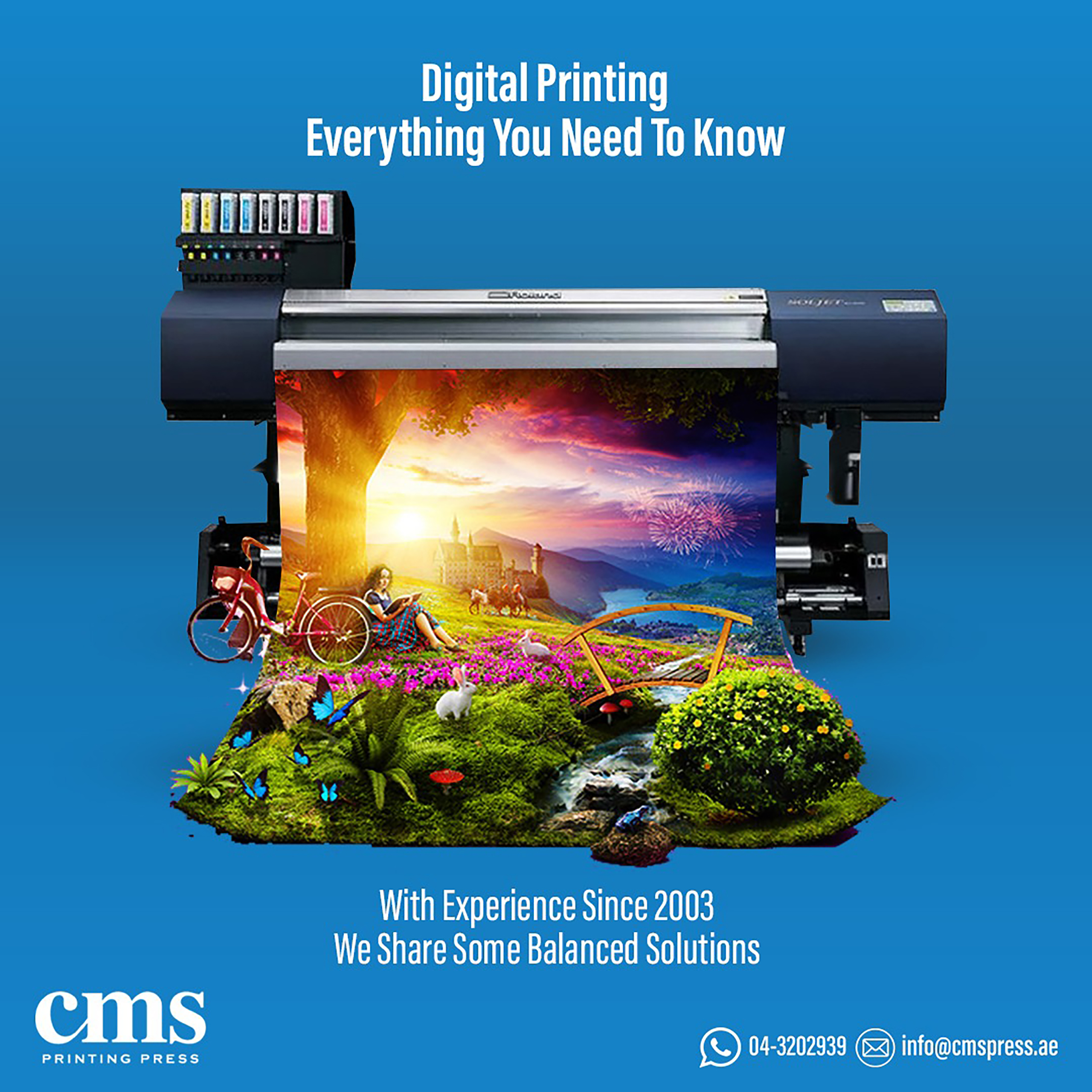Comprehending Just How Digital Printing Reinvents the Printing Sector
The printing sector, long steeped in traditional methods, is undertaking a radical change with the development of electronic printing. With its prospective to spur interaction via individualized material and to offer sustainable services, it's clear that electronic printing is even more than a technical innovation; it's a critical video game changer.
The Advancement of Digital Printing: A Quick Summary
Since its creation, electronic printing has actually undertaken significant makeovers, consistently reinventing the printing industry. Its development began with the growth of xerography in the mid-20th century, a process which laid the groundwork for printer. With the advent of the 90s, electronic printing technology started to develop, and the market observed the intro of straight imaging presses, which removed the demand for publishing plates. As the brand-new millennium unfolded, innovations in technology further stimulated the growth of digital printing, resulting in the development of high-speed inkjet printers. These gadgets provided remarkable top quality and speed, permanently transforming the landscape of the industry. Today, digital printing stands as a testament to human technology, constantly progressing to meet the ever-changing needs of the modern world.

Unloading the Innovation Behind Digital Printing
Looking into the complexities of digital printing innovation, one experiences a rich tapestry of innovative equipment and complicated algorithms. At the heart of this process exists a digital image, which is refined by software that separates it right into a grid of dots. These dots are then converted right into a digital code. This code is interpreted by the printer, which utilizes it to specifically transfer beads of ink onto the substrate. The droplets are so tiny and accurate that they produce an image that is essentially indistinguishable from the initial. This elaborate system, reinforced by advanced software and high-resolution imaging, has actually changed the landscape of the printing market, leading the way for unprecedented degrees of information and accuracy.

The Advantages of Digital Printing for Organizations
Understanding the technology behind electronic printing offers a clear image of its accuracy and information. Electronic printing is environmentally friendly, making use of much less ink and generating less waste. The full possibility of digital printing is recognized when utilized for personalization and personalization, a topic that will certainly be covered in deepness in the following section.
The Function of Digital Printing in Modification and Personalization
While traditional printing methods deal with modification and personalization, digital printing masters these areas. It permits the simple change of layouts, without the need for pricey and lengthy plate modifications (print on demand). This makes it possible for businesses to customize products to private clients, conference certain needs and boosting consumer satisfaction
Digital printing also permits variable data printing, where elements such as text, graphics, and images might be altered from one published piece to the following, without reducing the printing process. This is particularly valuable for straight advertising projects, where personalized messaging can considerably improve reaction rates. This way, electronic printing not only revolutionizes the printing market yet also transforms the method organizations connect with their consumers.
Analysing the Ecological Effect of Digital Printing
Although electronic printing has actually been admired for its role in customization and customization, it is essential to examine its environmental influence. Digital printing can be less inefficient than standard approaches, because it operates a 'print as needed' basis, eliminating the need for huge print runs that can result in excess and waste. In addition, it utilizes less chemicals and generates less volatile natural compounds (VOCs) compared to balance out click here to read printing. The power usage of electronic printers can be high, leading to increased carbon footprint. Furthermore, making use of non-recyclable printing parts and the difficulty of useful site e-waste management present substantial ecological concerns. As a result, while electronic printing has numerous advantages, its environmental effect has to be diligently taken care of.
Conclusion
In final thought, digital printing has actually changed the printing sector, offering fast, economical, and premium solutions. It facilitates modification, improving customer interaction, and employs a sustainable print-on-demand version. As this modern technology remains to advance, its effect on business communication, client satisfaction, and ecological sustainability ends up being why not check here increasingly profound. Recognizing these changes is important for organizations to take advantage of the benefits of electronic printing properly.